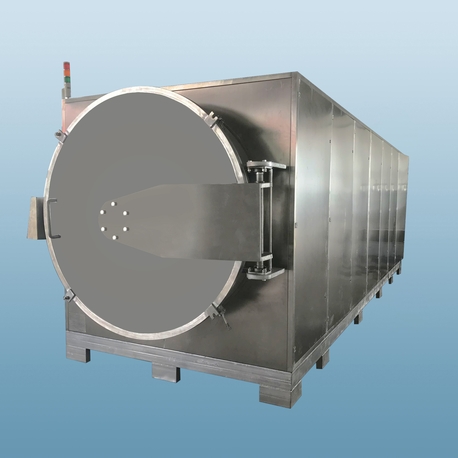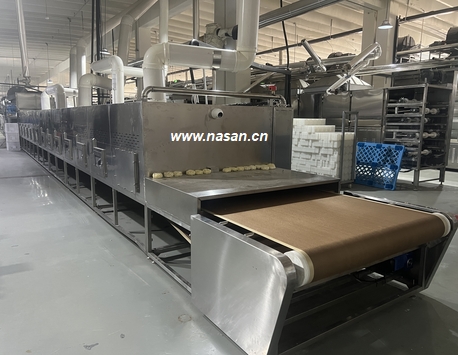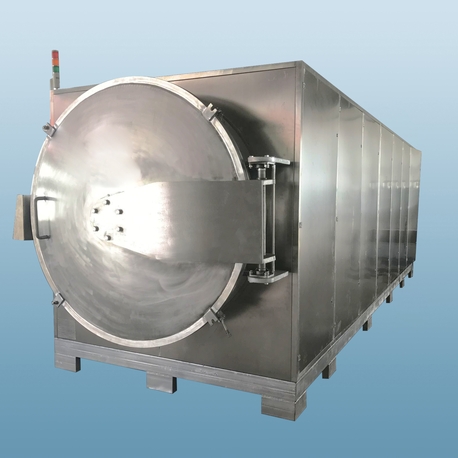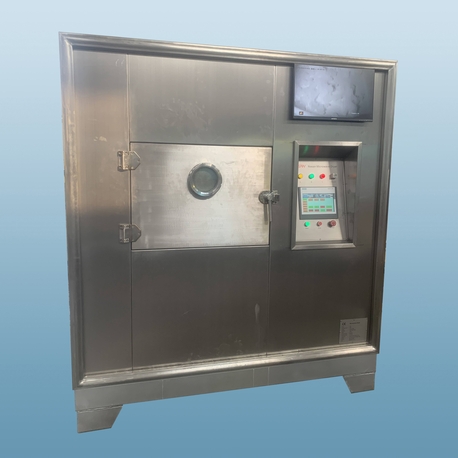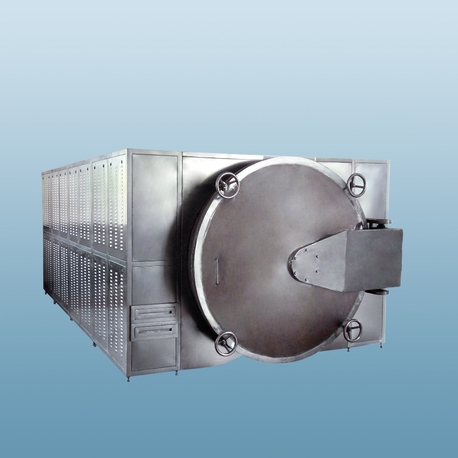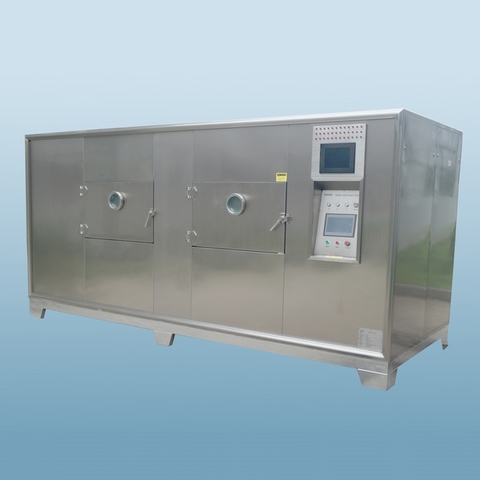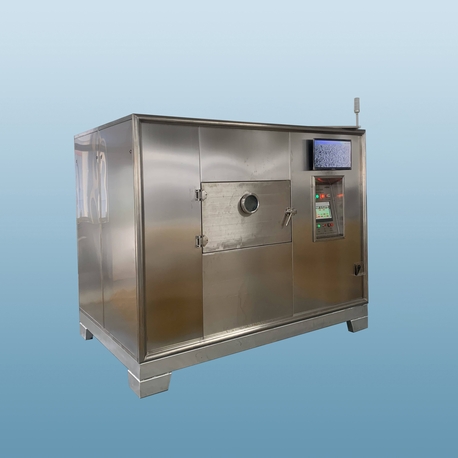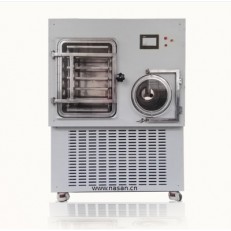In the world of industrial processing, efficient moisture removal is a critical step for countless products, from pharmaceuticals and chemicals to food and ceramics. Among the various technologies available, the tray dryer stands out for its simplicity, versatility, and effectiveness. Whether you're a plant manager looking to optimize your production line, a procurement specialist evaluating options, or simply curious about industrial equipment, understanding the tray dryer is essential. This comprehensive article delves into the core aspects of this workhorse machine, exploring its wide-ranging tray dryer uses, the factors influencing tray dryer price, how to navigate the landscape of tray dryer manufacturers, and the specific demands of an industrial tray dryer.
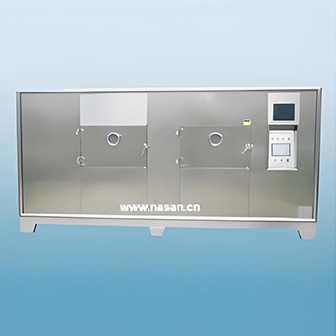
What is an Industrial Tray Dryer?
An industrial tray dryer is a quintessential piece of equipment used for the drying of solids, particularly those that are fragile, heat-sensitive, or require careful handling. At its core, it is a closed chamber (oven) containing multiple rectangular or square trays arranged on shelves. A fan circulates heated air evenly throughout the chamber, facilitating the evaporation of moisture from the product spread on the trays. The simple yet effective design allows for simultaneous drying of multiple batches with minimal product loss or damage. The robustness of an industrial tray dryer makes it suitable for continuous operation in demanding environments, processing everything from powdered pigments to large vegetable chunks.
The Multifaceted Uses of a Tray Dryer
The tray dryer uses are remarkably diverse, spanning numerous industries. This adaptability is a primary reason for its enduring popularity.
Pharmaceutical Industry: This is one of the most critical applications. Tray dryers are used to dry active pharmaceutical ingredients (APIs), granules, powders, and medicinal plant extracts. The ability to maintain strict hygiene standards (often with GMP-compliant stainless steel construction) and dry products without contamination is paramount.
Food Processing Industry: From dehydrating fruits and vegetables to drying herbs, spices, tea, and food dyes, the tray dryer is a staple. It helps in preservation, reduces weight for transportation, and concentrates flavors.
Chemical Industry: Numerous chemical powders, pigments, dyes, and intermediates are dried using tray dryers. The equipment's design can be modified to handle solvents (with explosion-proof features) or corrosive materials.
Textile Industry: Tray dryers find applications in drying textile auxiliaries and dyed materials.
Other Industries: The tray dryer uses also extend to ceramics (drying clay products), manufacturing of electrical components, and paper products.
The fundamental principle remains the same across all sectors: applying controlled heat and airflow to remove unbound moisture from a solid product placed on trays.
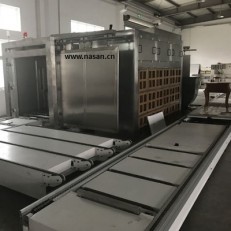
Key Factors Influencing Tray Dryer Price
The tray dryer price is not a fixed figure; it varies significantly based on a multitude of technical and commercial factors. Understanding these can help in budgeting and making an informed purchase decision.
1. Size and Capacity: This is the most obvious factor. The tray dryer price increases with the number of trays, the overall chamber volume (e.g., 24-tray vs. 96-tray models), and the amount of material it can hold per batch.
2. Construction Material: The choice of material drastically affects cost.
Mild Steel (MS): Economical and suitable for non-corrosive, non-hygienic applications like ceramics or certain chemicals.
Stainless Steel (SS 304 or SS 316): Essential for food, pharmaceutical, and corrosive chemical applications. SS 316, being more corrosion-resistant, commands a higher tray dryer price than SS 304.
3. Heating Source: The method of generating heat plays a role in both initial cost and operational expenses.
Electric Heater: Most common, clean, and easy to control. Higher upfront cost and electricity consumption can be a factor.
Steam Heater: Requires a steam boiler but offers lower running costs in large industrial settings. The system is more complex.
Hot Water Thermic Fluid: Used for higher temperature requirements.
4. Automation Level: A basic manual-operated dryer with simple controls is far less expensive than a fully automated unit featuring a Programmable Logic Controller (PLC), touchscreen HMI, data logging, and recipe management for reproducible results.
5. Additional Features: Features like explosion-proofing for solvent handling, specialized insulation for energy efficiency, high-efficiency particulate air (HEPA) filters for clean environments, and customized tray designs will add to the overall tray dryer price.
A small, basic MS model might start at a few thousand dollars, while a large, fully automated, GMP-compliant stainless-steel industrial tray dryer can cost tens of thousands.
Navigating the Landscape of Tray Dryer Manufacturers
Choosing the right supplier is as important as selecting the right equipment. The market for tray dryer manufacturers is vast, ranging from small local workshops to large multinational corporations.
Types of Tray Dryer Manufacturers:
Leading Multinational Brands: These companies offer high-end, technologically advanced equipment with global service and support networks. They are often the go-to for large pharmaceutical or food corporations where compliance and reliability are non-negotiable. Their products come at a premium.
Established National/Regional Manufacturers: Many countries have well-established manufacturers known for producing robust and reliable tray dryers. They often provide excellent value, balancing quality and tray dryer price, and offer good after-sales service within their region.
Smaller Local Fabricators: These workshops can build equipment to order at a lower cost. However, quality, material certification (crucial for pharmaceuticals), consistency, and after-sales support can be variable.
Selecting a Manufacturer: Key Considerations
Industry Experience: Prefer a manufacturer with a proven track record in your specific industry (e.g., pharma, food).
Compliance and Certification: Ensure they build according to relevant standards (e.g., ASME, GMP) and can provide necessary material certifications.
Testing and Validation: Reputable manufacturers offer factory acceptance testing (FAT) and can support validation protocols (IQ/OQ/DQ) required for regulated industries.
After-Sales Service: Check the availability of spare parts, technical support, and service engineers.
Customization: A good manufacturer will offer customization of tray size, material, and control systems to fit your exact process needs.
Common Problems and Troubleshooting for Tray Dryers
Even a well-designed industrial tray dryer can encounter operational issues. Recognizing these common problems can minimize downtime.
1. Non-Uniform Drying: This is the most frequent complaint. Some trays or parts of the load dry faster than others.
Causes: Improper loading (overloading trays, uneven spreading), damaged or misaligned trays obstructing airflow, fan malfunction, or faulty heating elements.
Solution: Ensure product is spread evenly and trays are not overloaded. Check fan belts and bearings regularly. Verify air flow patterns and ensure heaters are functioning correctly.
2. Overheating of Product: The product gets damaged or degraded due to excessive heat.
Causes: Temperature setpoint too high, faulty temperature sensor/controller, or lack of airflow causing hot spots.
Solution: Calibrate temperature sensors and controllers regularly. Ensure the heating system is cycling correctly. Check for proper airflow.
3. Long Drying Times: The process takes significantly longer than expected, reducing throughput and increasing energy costs.
Causes: Overloading, low air velocity due to a failing fan, low heating capacity, high ambient humidity, or inlet/outlet dampers not set correctly.
Solution: Avoid overloading. Check fan performance and clean any filters. Ensure the heating system is delivering the required BTU output. Consider a dehumidifier for the intake air in humid climates.
4. Contamination of Product: Foreign material is found in the dried product.
Causes: Flaking paint from the chamber interior (if not stainless steel), material from a previous batch, or corrosion.
Solution: Use a dryer with a stainless steel interior. Implement strict cleaning procedures between batches (SOPs). Regularly inspect trays and the chamber for signs of wear or corrosion.
5. High Noise and Vibration:
Causes: Typically related to the fan assembly—worn-out bearings, an unbalanced fan blade, or a loose belt.
Solution: Schedule regular preventive maintenance for the fan motor and bearings. Tighten and align drive belts.
The humble tray dryer remains an indispensable asset in modern industrial processing. Its straightforward design belies its critical function and remarkable versatility across a spectrum of industries. When considering an investment in this equipment, a holistic approach is necessary. Carefully evaluate your specific process requirements for an industrial tray dryer, understand the factors that drive the tray dryer price, and diligently research reputable tray dryer manufacturers who can provide not just a machine, but a solution backed by quality and support. By being aware of common operational problems and their remedies, you can ensure that your tray dryer operates efficiently and reliably for years to come, forming a dependable core of your production process.


